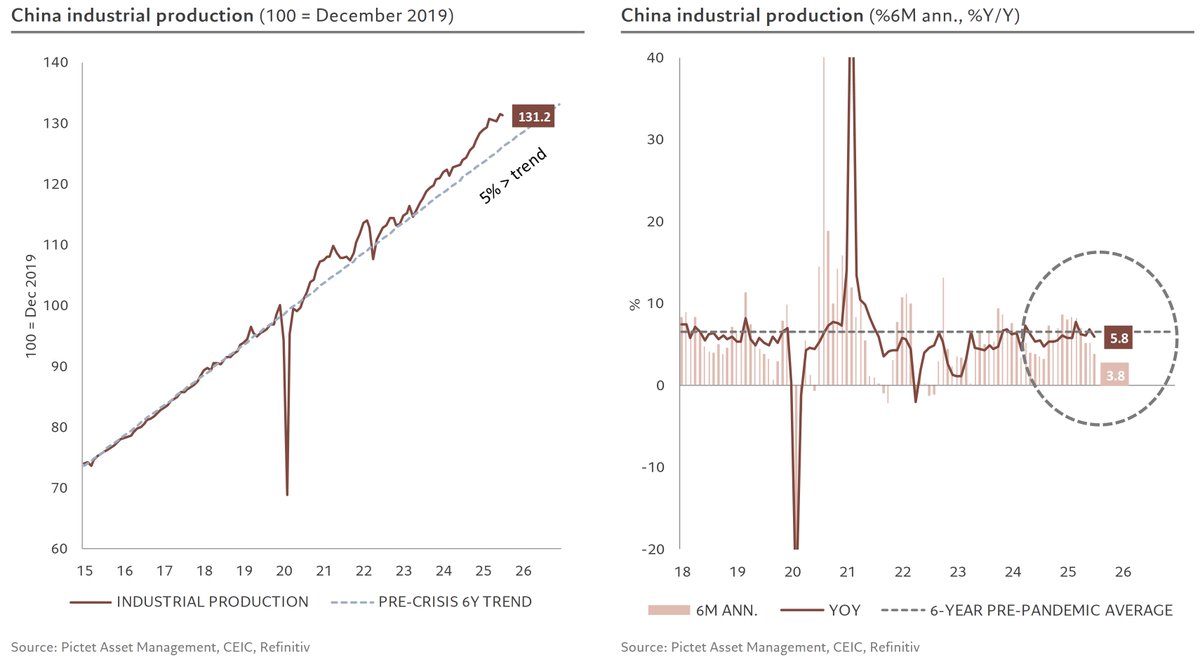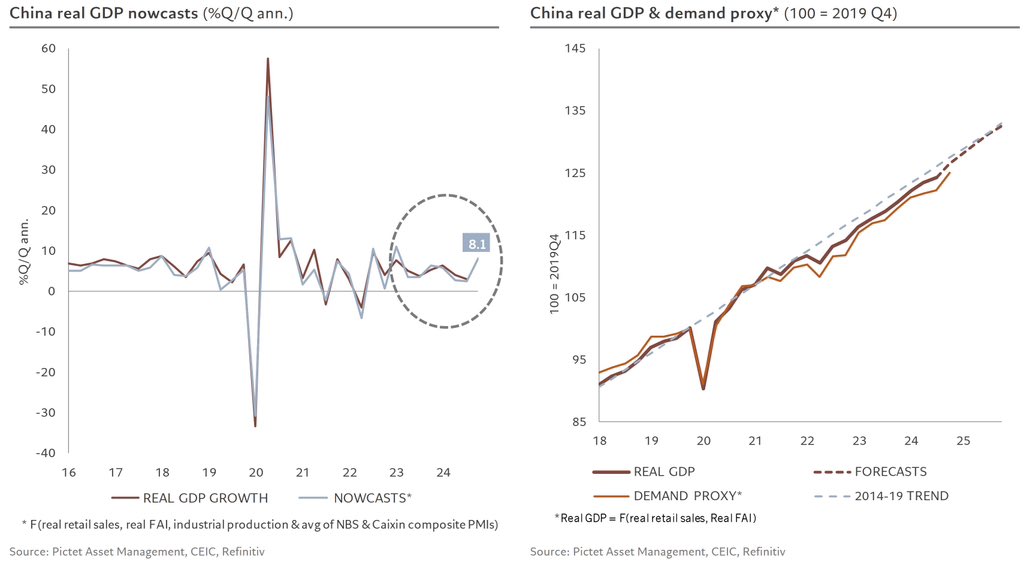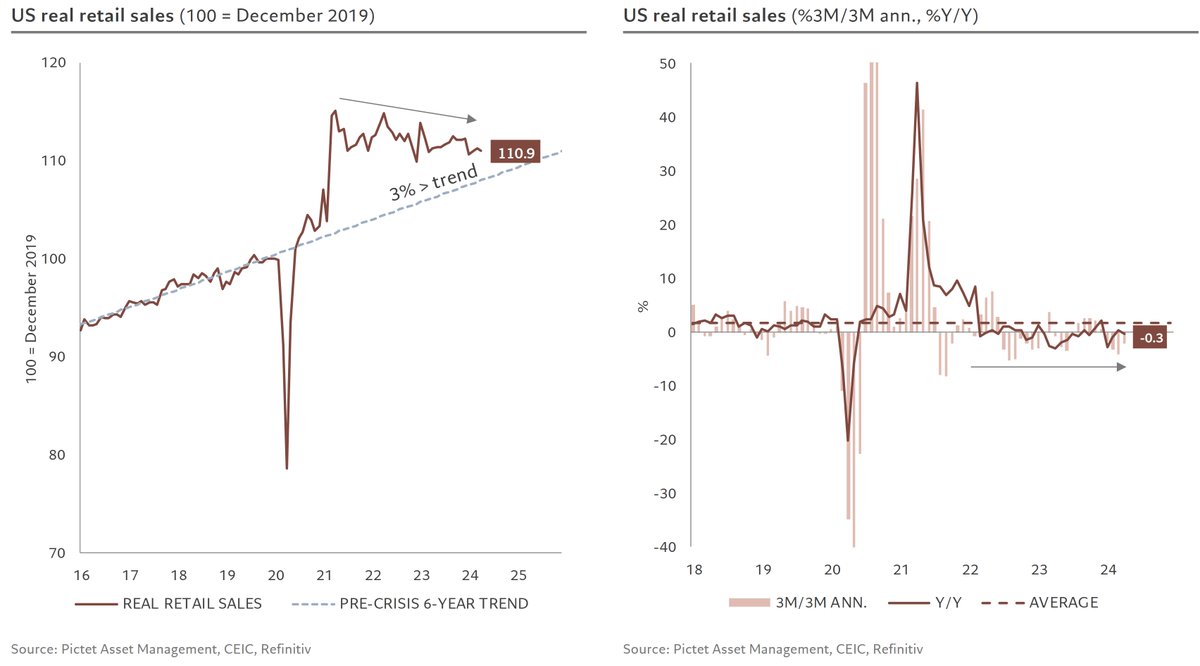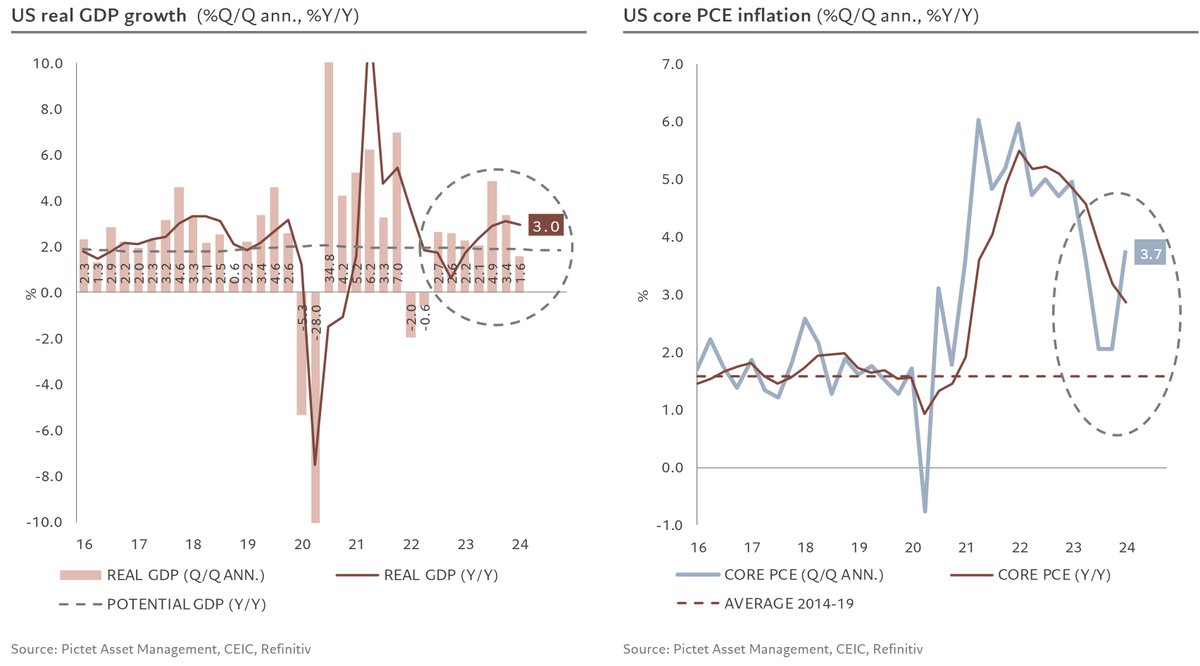
Chief economist at Pictet Asset Management. Tweeting about #GlobalMacro #EmergingMarkets #China #US. All views my own. RT=interesting
3 subscribers
How to get URL link on X (Twitter) App


 2/
2/

 2/
2/

 2/
2/

 2/
2/

 2/
2/

 2/
2/

 2/
2/

 2/
2/

 2/
2/

 2/
2/

 2/
2/

 2/
2/

 2/
2/

 2/
2/

 2/
2/

 2/
2/

 2/
2/

 2/
2/

 2/5
2/5

 2. short-term inflationary pressures remain consistent with inflation returning towards its target
2. short-term inflationary pressures remain consistent with inflation returning towards its target 

 2/
2/